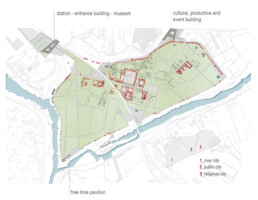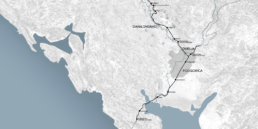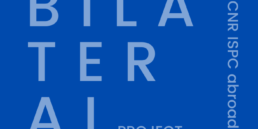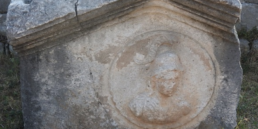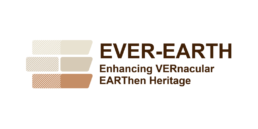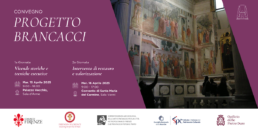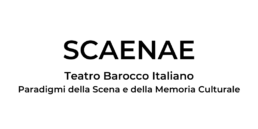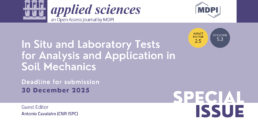The Future of the Past: study and enhancement of ancient Doclea, Montenegro
Description
Doclea was the second-largest town of Roman Dalmatia. Named after the Illyrian tribe Docleati, it was a municipium created in the 1st century AD: a large forum, a basilica, temples and buldings, tabernae and thermae are still visible. Destroyed by the Avars in the VII cent., Doclea had indeed an important Late antique and medieval phase, represented by the remains of three medieval churches. Located only 3 km from the capital Podgorica, the site is considered by Montenegrin people particularly important for the cultural identity of the nation, but it is still not adequately studied and valorized.
Through the application of different methodologies, as historical and archaeological researches, topographical surveys data and satellite images, drone and photogrammetry, geophysical investigations up to enhancement activities as architectural and landscape design, the project, started in 2017 and still in progress, contributed at the diachronic reconstruction of Doclea and its territory from the Bronze age to the Medieval period.
Beyond the scientific results and their dissemination to the public, the project will contribute to give to the territory a great visibility, promoting its touristic and cultural fruition.
Project information
- Italian project leader: CNR ISPC
- Foreign project leader: Historical Institute, University of Montenegro
- ISPC Scientific coordinator: Lucia Alberti
- Partners: Ministry of Foreign Affairs and International Cooperation (MAECI), Ministry of Science of Montenegro (MoS); Ministry of Culture of Montenegro (MKU); Center for Conservation and Archaeology of the Ministry of Culture of Montenegro.
- Involved Countries: Italy - Montenegro
- Site/Area/Case study: The Roman town of Doclea, Montenegro (I-IX cent. AD)
- Status: ongoing
- Funding: Project of Great Relevance MAECI (2018-2021); MAECI – Archaeology (2017-2019); CNR Bilateral Agreements (2020-2022); CNR Joint Lab (2017-2018).
For further information on the research topic, visit our Groups & Labs

